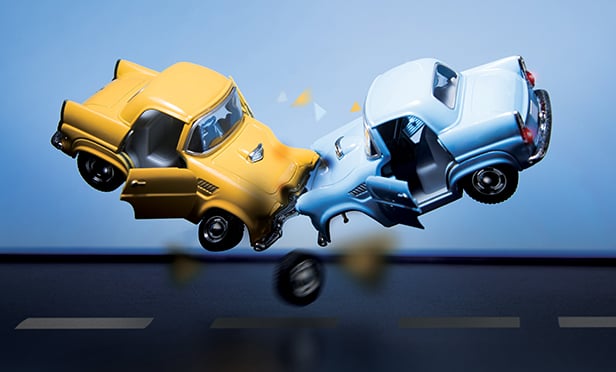 Data on how fast a vehicle was moving before, during and after a crash can help adjusters determine the veracity of an insured's statement and determine who was at fault. (Photo: Shutterstock)
Data on how fast a vehicle was moving before, during and after a crash can help adjusters determine the veracity of an insured's statement and determine who was at fault. (Photo: Shutterstock)
Over the years, technology has increased the amount of information obtained following a motor vehicle accident. An event data recorder (EDR), often mistakenly referred to as a "black box," contains an amazing amount of helpful data relating to accident investigations. It helps fill in missing pieces, as well as verifying the insureds' facts of loss. When used in conjunction with the other aspects of a claims investigation, data taken from an EDR can be an invaluable tool to resolving claims.
Recommended For You
Want to continue reading?
Become a Free PropertyCasualty360 Digital Reader
Your access to unlimited PropertyCasualty360 content isn’t changing.
Once you are an ALM digital member, you’ll receive:
- Breaking insurance news and analysis, on-site and via our newsletters and custom alerts
- Weekly Insurance Speak podcast featuring exclusive interviews with industry leaders
- Educational webcasts, white papers, and ebooks from industry thought leaders
- Critical converage of the employee benefits and financial advisory markets on our other ALM sites, BenefitsPRO and ThinkAdvisor
Already have an account? Sign In Now
© Touchpoint Markets, All Rights Reserved. Request academic re-use from www.copyright.com. All other uses, submit a request to [email protected]. For more inforrmation visit Asset & Logo Licensing.







